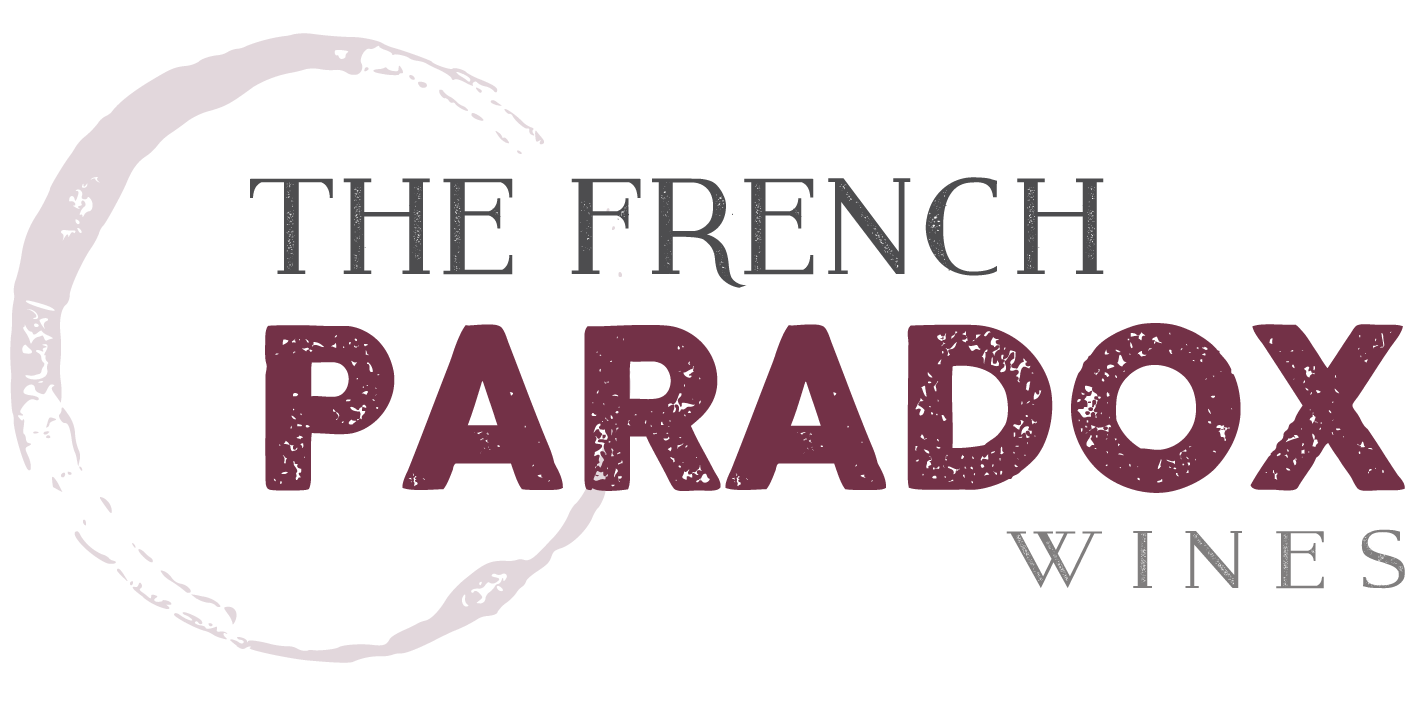One of the ongoing conversations here in the shop among customers is restaurants’ wine pricing. Specifically, if $30 buys you a great bottle of wine retail (and it should!) then why do restaurants charge $60-70 for the same wine?
The simple answer is that they are gouging the consumer, but, really that’s only part of the answer. The more complete answer is that there are costs involved in serving wine that the retailer does not incur.
Obviously, glassware is one of those expenses. Wines glasses can cost anywhere from $2 to $200 per, with more expensive glasses being, paradoxically, more delicate. Good, everyday quality Riedel glasses generally run $5 per ‘stem’. Wines poured by the glass, of course, require a glass per sale, while a bottle of wine sold requires 2 – 4 glasses per sale. Glasses break, chip, crack and get stolen, so it’s an ongoing expense. How many ‘pours’ does the restaurant typically serve before having to replace a glass? I don’t think there is any trustworthy data compiled to accurately answer this, so let’s use a number that seems feasible…how about 25? If that’s accurate, that means that the cost of glassware per use is 20 cents.
In addition, the restaurant pays a variety of employees, who may be directly or indirectly involved in serving your wine. Servers, hosts, bussers, dishwashers, bartenders and managers are all involved, and its perhaps impossible to quantify those labor costs per glass of wine, especially since all those employees are involved with other tasks as well. But, we can make some logical assumptions. A typical server will handle about 20 guests at a time. Support personnel (bussers, bar staff, hosts, etc) handle 2-3 times that. So, to handle 100 guests per hour, labor costs would be about $70. If half of those guests are server 1 ‘pour’ per hour, then that would cost $1.40 per pour.
For the sake of this article, let’s assume that all other costs (between retail and restaurants) are the same. They’re really not, but I don’t want to get too deep into the weeds here. Restaurants will claim that the cost of ‘building’ a wine list is more expensive since some wines are theoretically held back until they are ‘ready’ to be served, but that expense can be addressed on a per bottle basis, not across the board. And some wine shops have the same policy and practice.
So, we’ve determined that each wine ‘pour’ in a restaurant costs $1.60 (at least) more than the costs of the retail wine shop.
In retail wine world, the typically mark-up is 50%; that is, a bottle that the retailer purchases for $20 is sold for $30. But, that doesn’t take into account discounting or sales. The reality is that the average $20 purchased bottle nets the wine shop $25.
It would seem then, to capture the increased costs, the restaurant should charge at least $26.60 for that $20 bottle. They pour 4 glasses per bottle, so each cost per pour would more likely be $6.65. But let’s say that my numbers are way too low. Let’s say that it costs $5 for each pour. So the cost would double…$20 for the bottle and $20 per everything else. So they should charge $40?. But, wait, that’s just costs…someone invested and risked money to open the restaurant, so they are entitled to profit. How about 20%? Is that fair?
We can reasonably accept that the restaurant that is offering the same bottle that the retailer offers for $30 (before any discounting), should sell for $48. But they’re selling it for $60 (or more)! And, the costs per pour don’t rise with a more expensive wine, so that $30 cost bottle ‘should’ sell for $60 ($30+$20 times 20%). Instead, they’re selling it for $90 (or more)!
Hmmm…it appears that the simplest answer is the most likely; the restaurant is gouging you.
